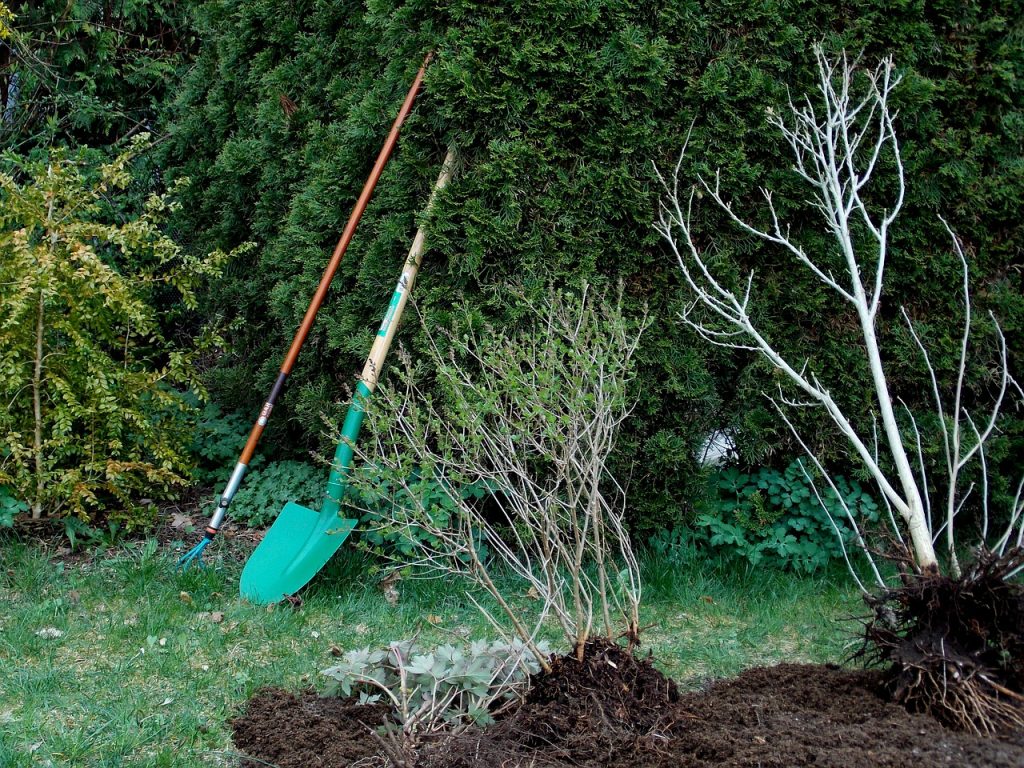Autumn is the time for intensive garden work. Lawn, shrubs and other plants should be prepared for winter rest. What work should be done in autumn to enjoy a beautiful garden in spring?
Frost protection is one of the most important things to do before winter. Plants should be covered when the temperature is around 0 degrees Celsius. Frost-sensitive perennials and those planted in the autumn should be covered with twigs, fleece or sawdust, for example. If the temperature drops below -10 Celsius, they should be covered with a second protective layer. All ornamental grasses must be carefully protected. Vines should be covered with a mound of sawdust 20-30 cm high to protect the root system. Heather, heathers, rhododendrons, cucumbers, mahoganies and pieris should be covered with bark or sawdust to protect them from frost – these plants have a shallow root system. Shapely trees and shrubs are less resistant to frost than those that are not pruned regularly. That’s why you should cover them with interlining or fleece if the temperature stays below 0 degrees Celsius for a long time. Sensitive shrubs, such as hydrangeas, quince, and palm maple should be covered with, for example, loafers or corrugated cardboard. Trees planted in the spring should be protected with straw mats or corrugated cardboard.
Fruit trees and some ornamental species including hornbeams, magnolias, and ornamental cherries are most susceptible to frost. The best way to protect trees is to bleach them.
When the leaves fall, trim dead branches from shrubs and trees. Perennials in beds should also be trimmed to a height of 10 cm.
Mulching protects plants from frost. It should only be done after the first frosts so that rodents do not nest in it. The mulch should be a few centimeters thick.
The lawn is usually mown for the last time in October, although this is not a rule – you should mow the grass as long as it grows. Don’t leave the grass too high for the winter because its blades will start to break and rot, leading to the proliferation of various bacteria and pathogens. To keep your lawn beautiful in the spring, it needs to be mowed for the winter.
The autumn bane of every gardener is raking leaves. Wet leaves can seriously damage your lawn if they are left on the lawn until spring. They can become a source of dangerous fungi that cause yellowing of spring grass.
Late fall is the ideal time to dig the soil and fertilize it with compost. Digging the soil aerates it and gets rid of pests. This can be done with a spade or cultivator.

If autumn is not rainy, water your plants all the time especially the year-round and coniferous ones. They store water in their roots and frost prevents them from drawing water from the soil.
If you have bodies of water in your garden, their surface should first be cleaned of leaves and other debris. Regardless of the depth of the tank, fish should be fished out of it and placed at home, e.g. in an aquarium. When the tank is more than 1.5 m deep, drain the water from it. Any fixtures should be removed and placed indoors.
To enjoy beautiful flowers in the spring, it’s a good idea to sow and plant them in the fall. Some of the most popular spring plants include:
Autumn is the time of very intensive work in the garden, which must be carried out in order to enjoy a beautiful garden in the spring.